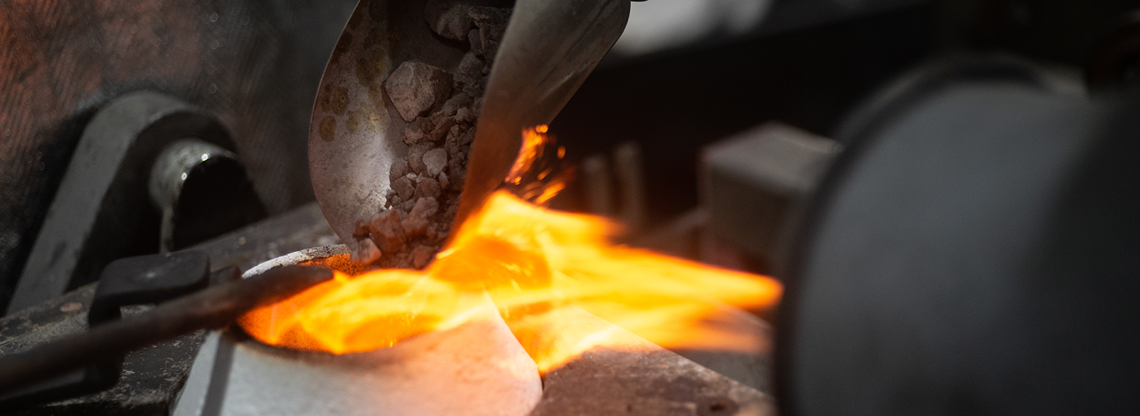Rhodium, a rare and precious metal, captivates the attention of many due to its scarcity and valuable properties. But where is rhodium found? This question intrigues scientists, investors, and enthusiasts alike. In this article, we'll explore the geographical and geological landscapes that harbor this elusive element.
Origins and Locations
Primarily, rhodium is found in association with other platinum group metals (PGMs) in ore deposits. The largest producers of rhodium are South Africa and Russia, with significant contributions also coming from Canada and the United States. South Africa is particularly notable, as it holds the majority of the world’s rhodium reserves.
Geological Formation
Rhodium's presence in the Earth's crust is a tale of geological processes. It typically occurs in sulfide ores alongside other PGMs within layered igneous complexes. These complexes form through a series of intricate volcanic activities, making rhodium's occurrence both rare and geologically fascinating.
Extraction and Refinement
Extracting rhodium is a complex and costly affair, contributing to its high market value. The process often involves mining for ore, then isolating rhodium through a series of chemical reactions. This rarity and difficulty in extraction are why rhodium is more expensive than even gold or platinum.
Applications and Uses
Besides its allure in the jewelry industry, rhodium has significant industrial applications. It's used in catalytic converters for vehicles, in chemical production, and in the glass manufacturing industry. Its high reflectivity and resistance to corrosion make it an ideal material for various high-tech applications.


文章末尾固定信息



评论